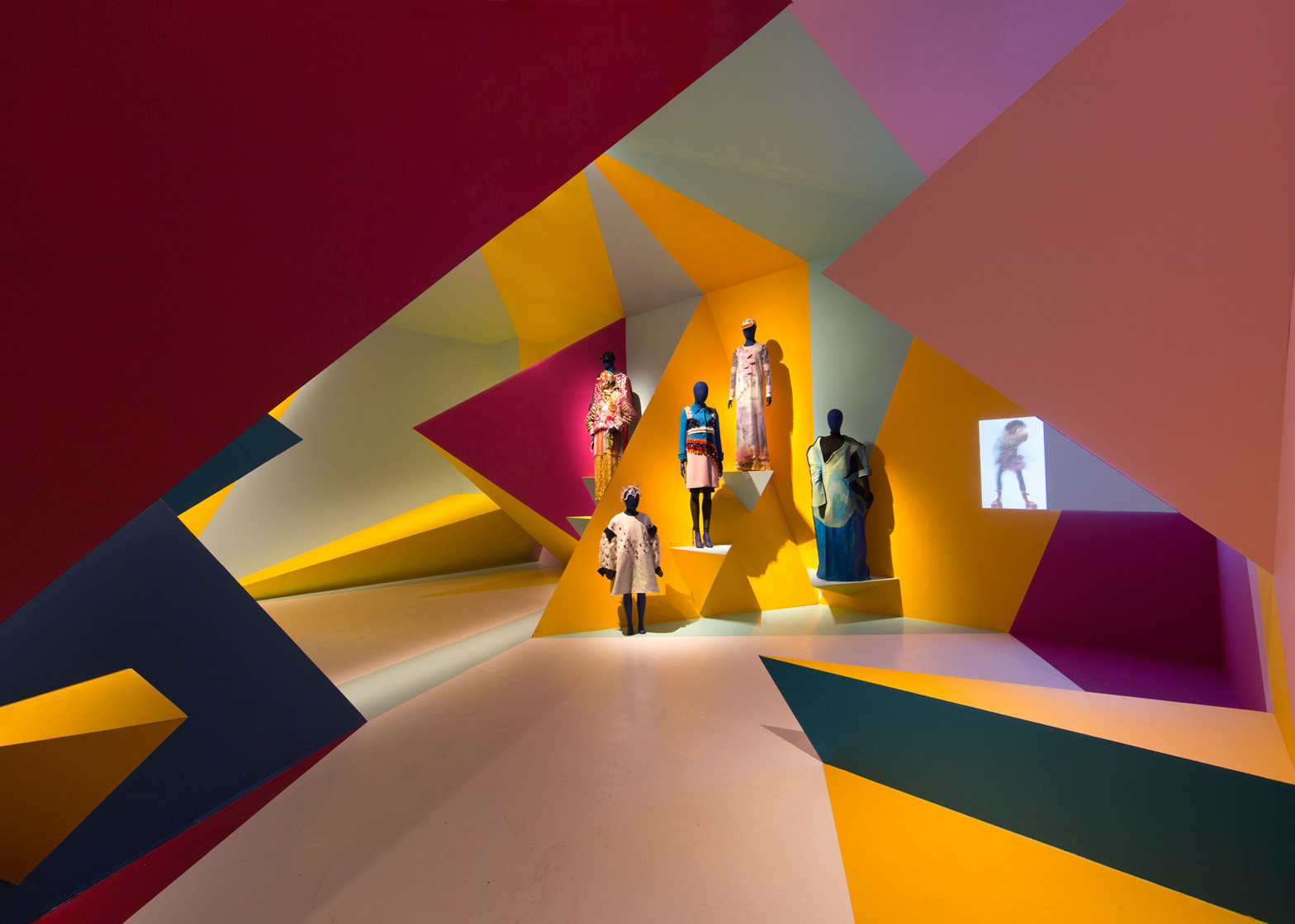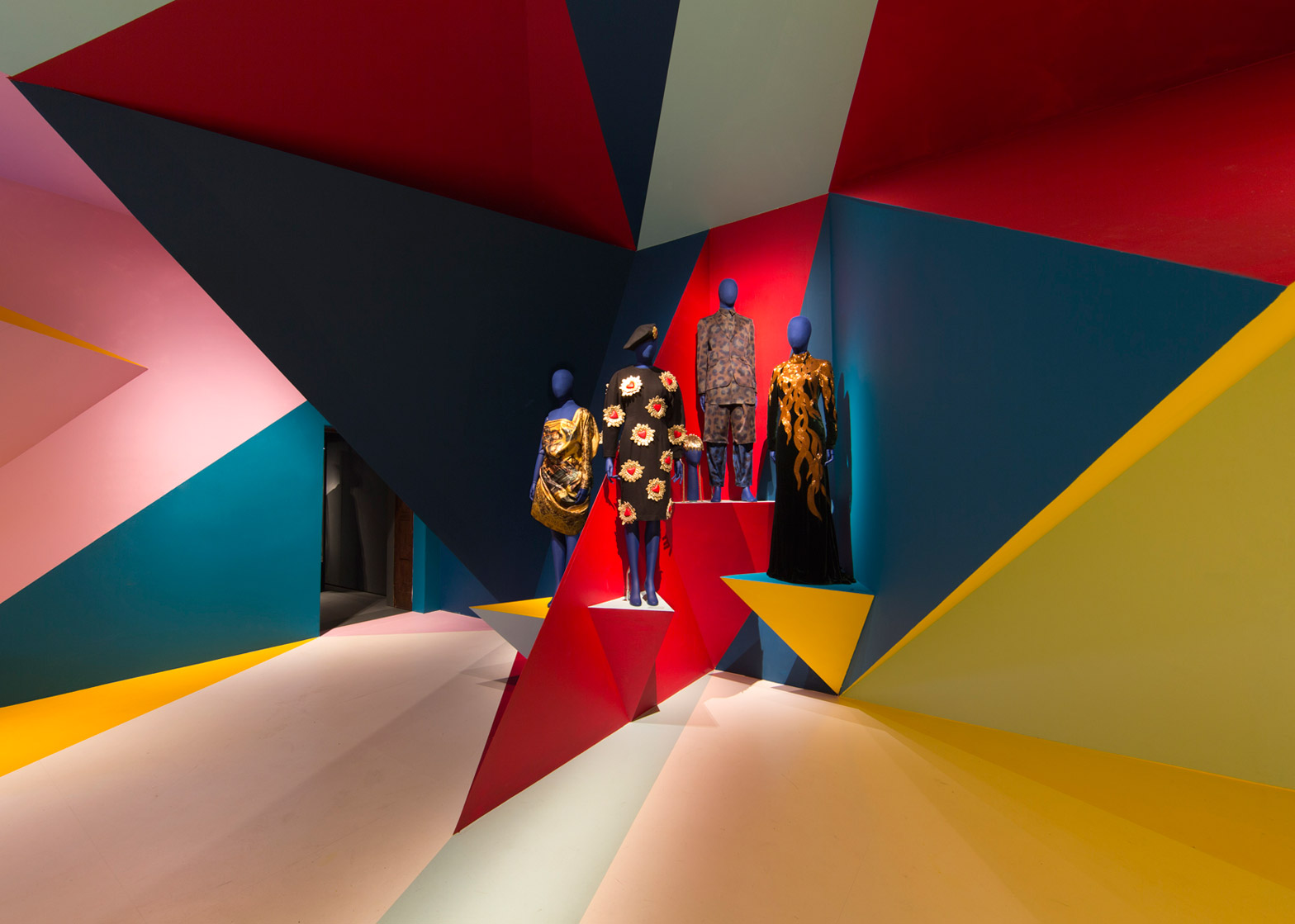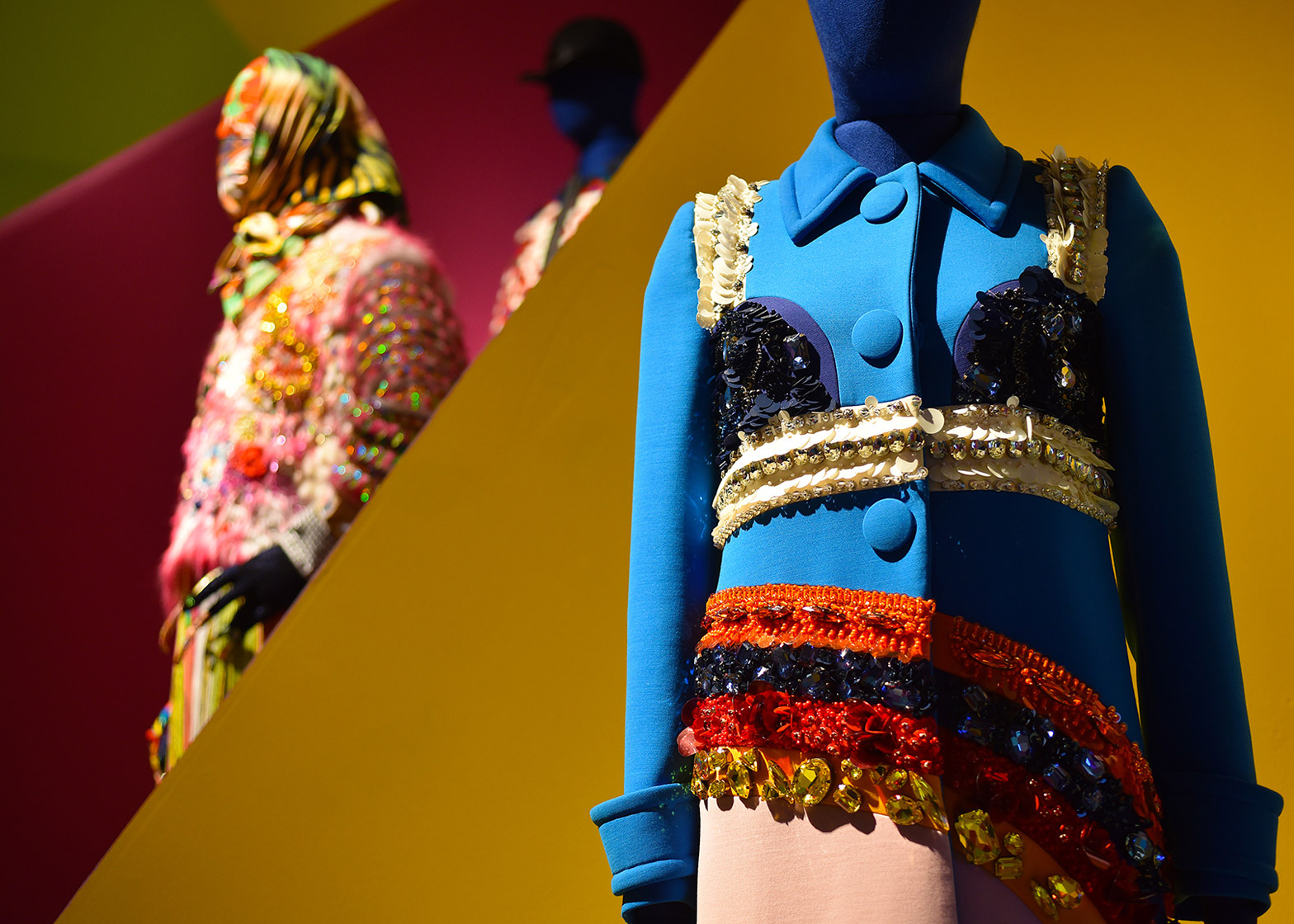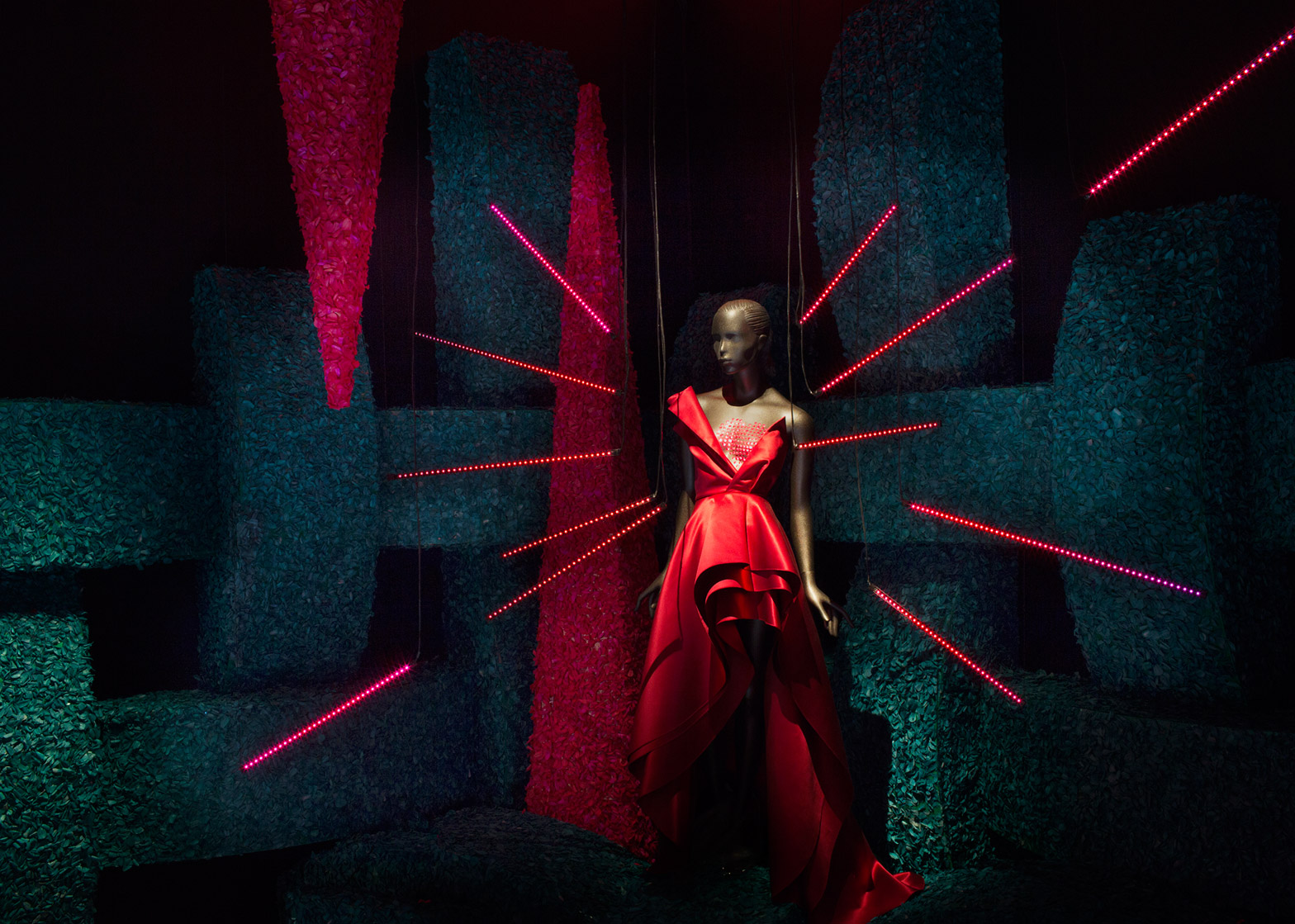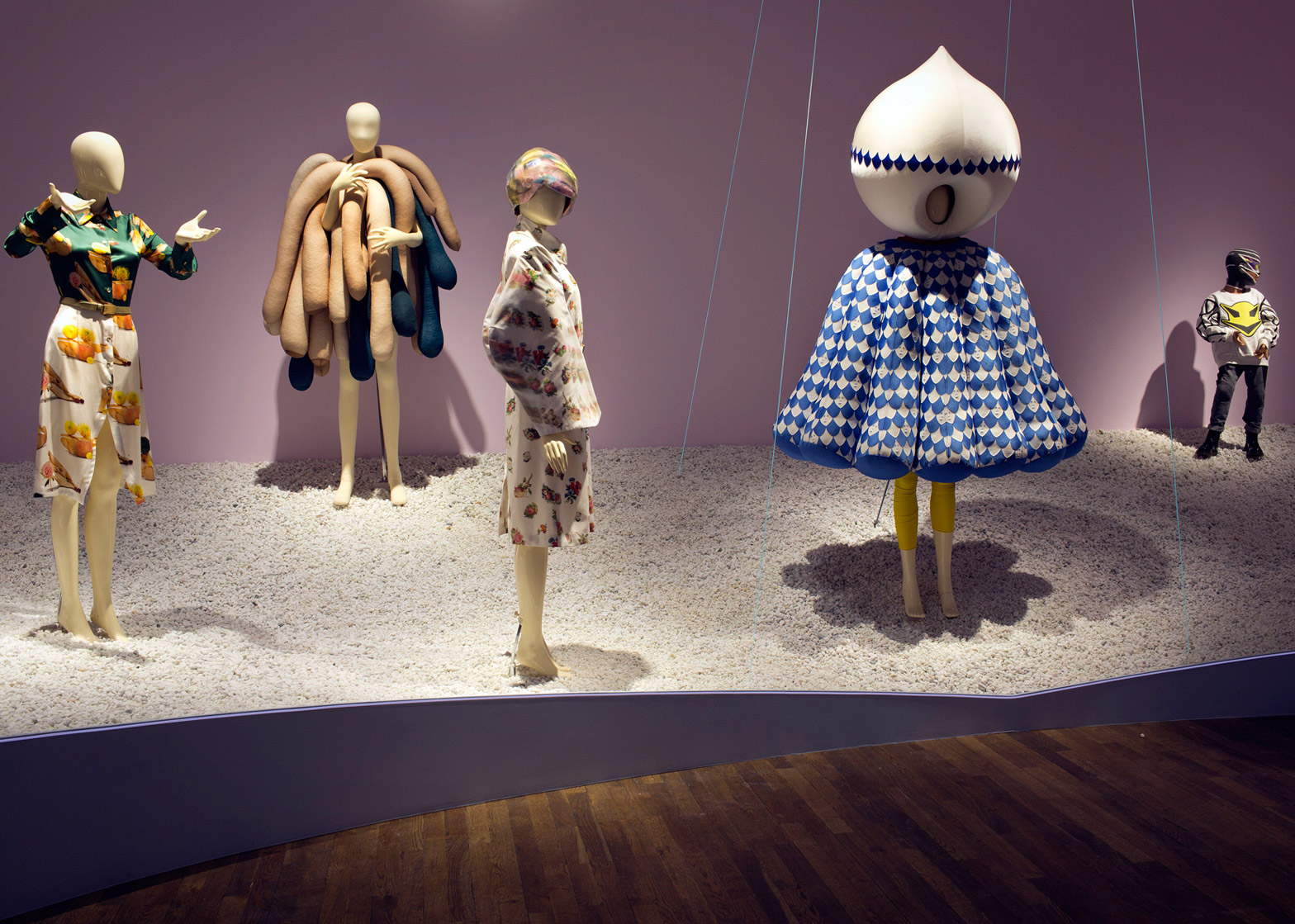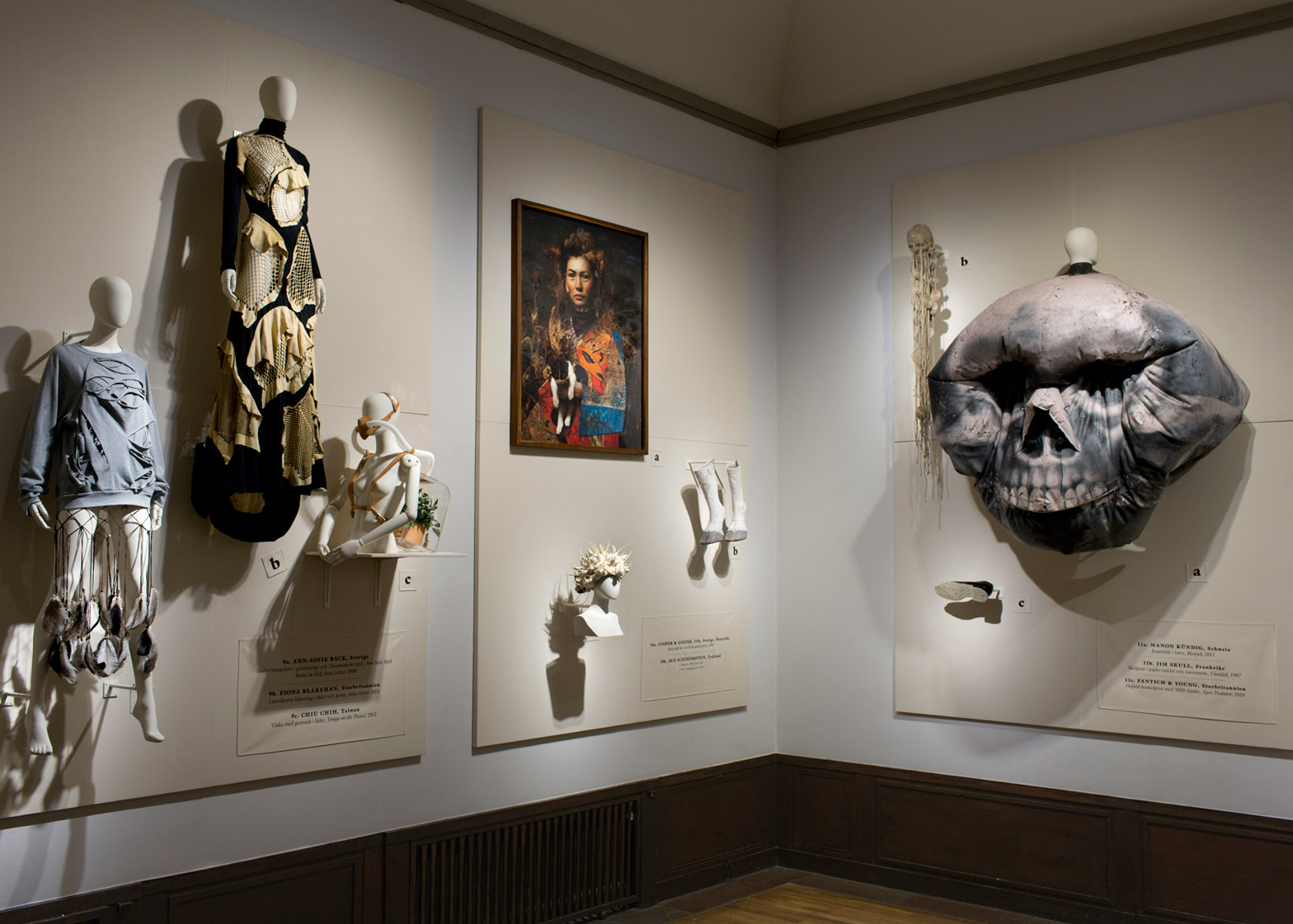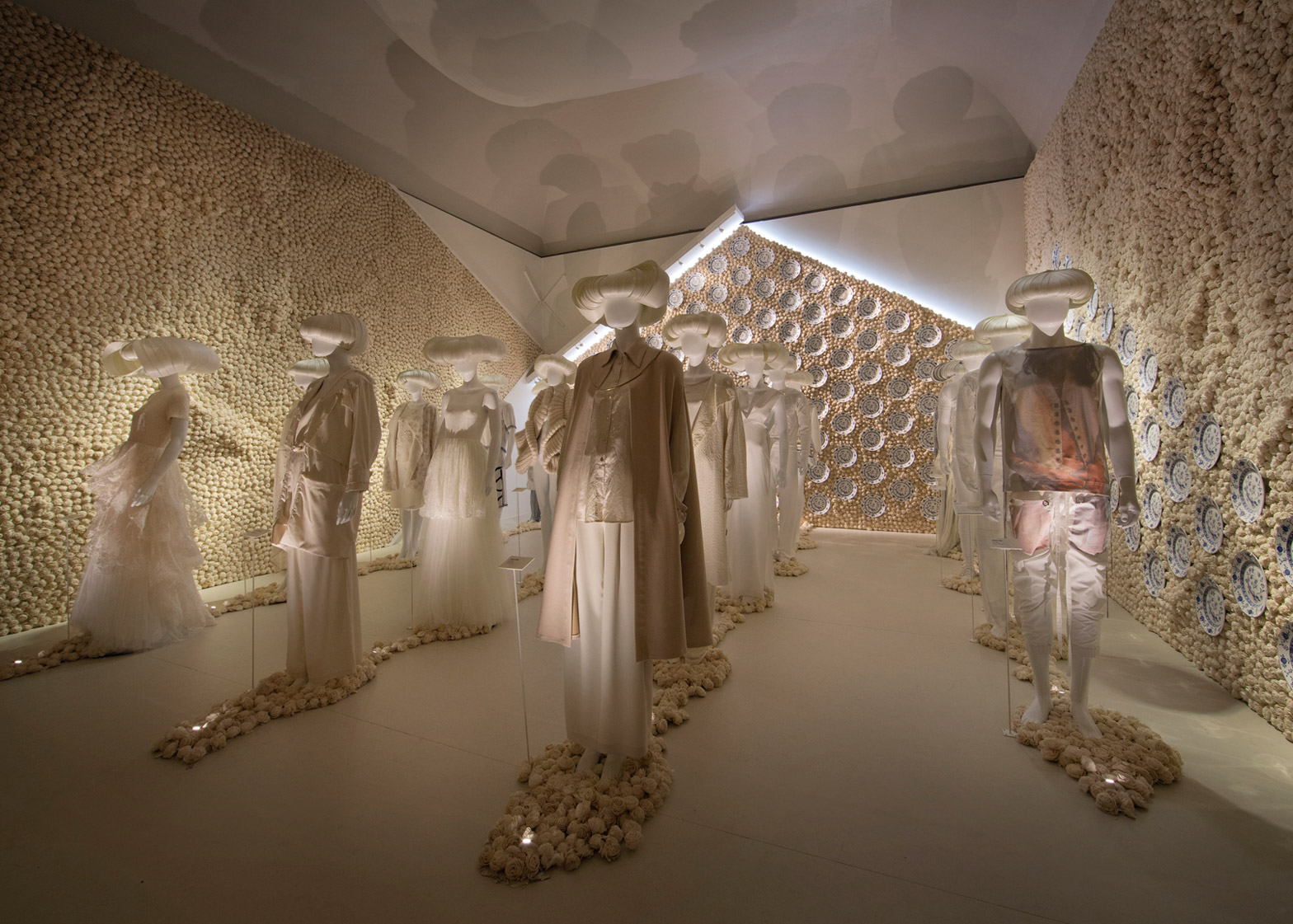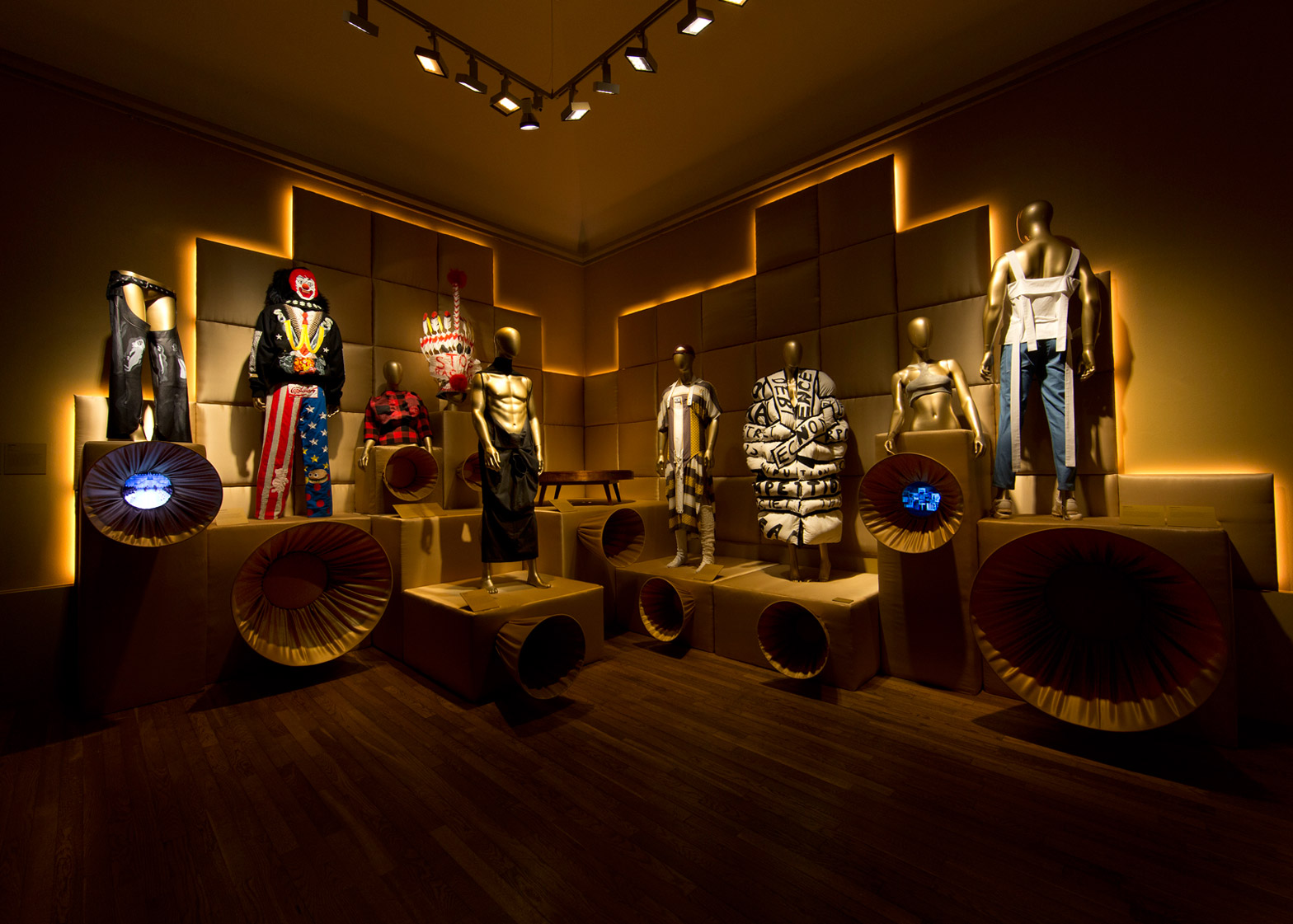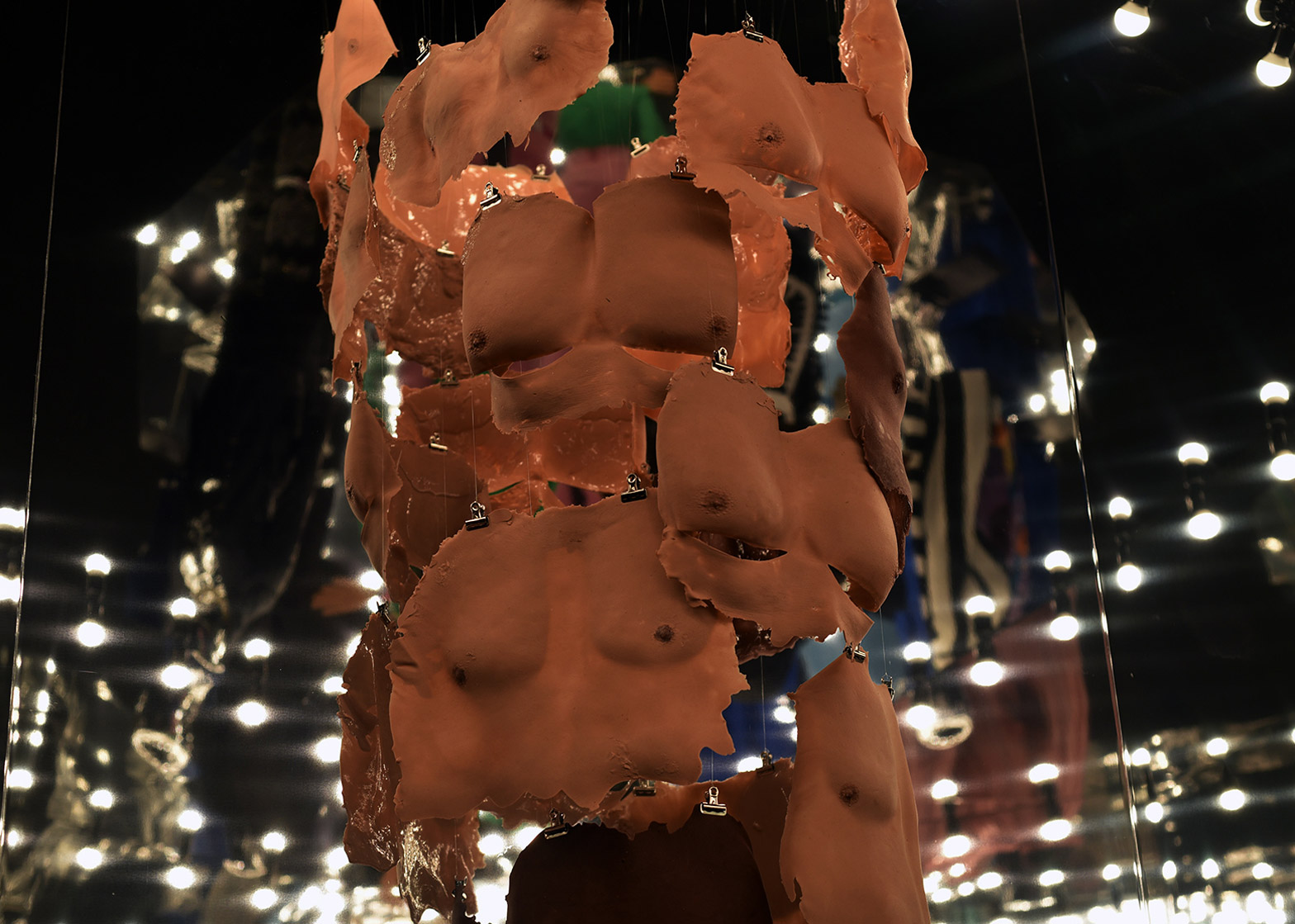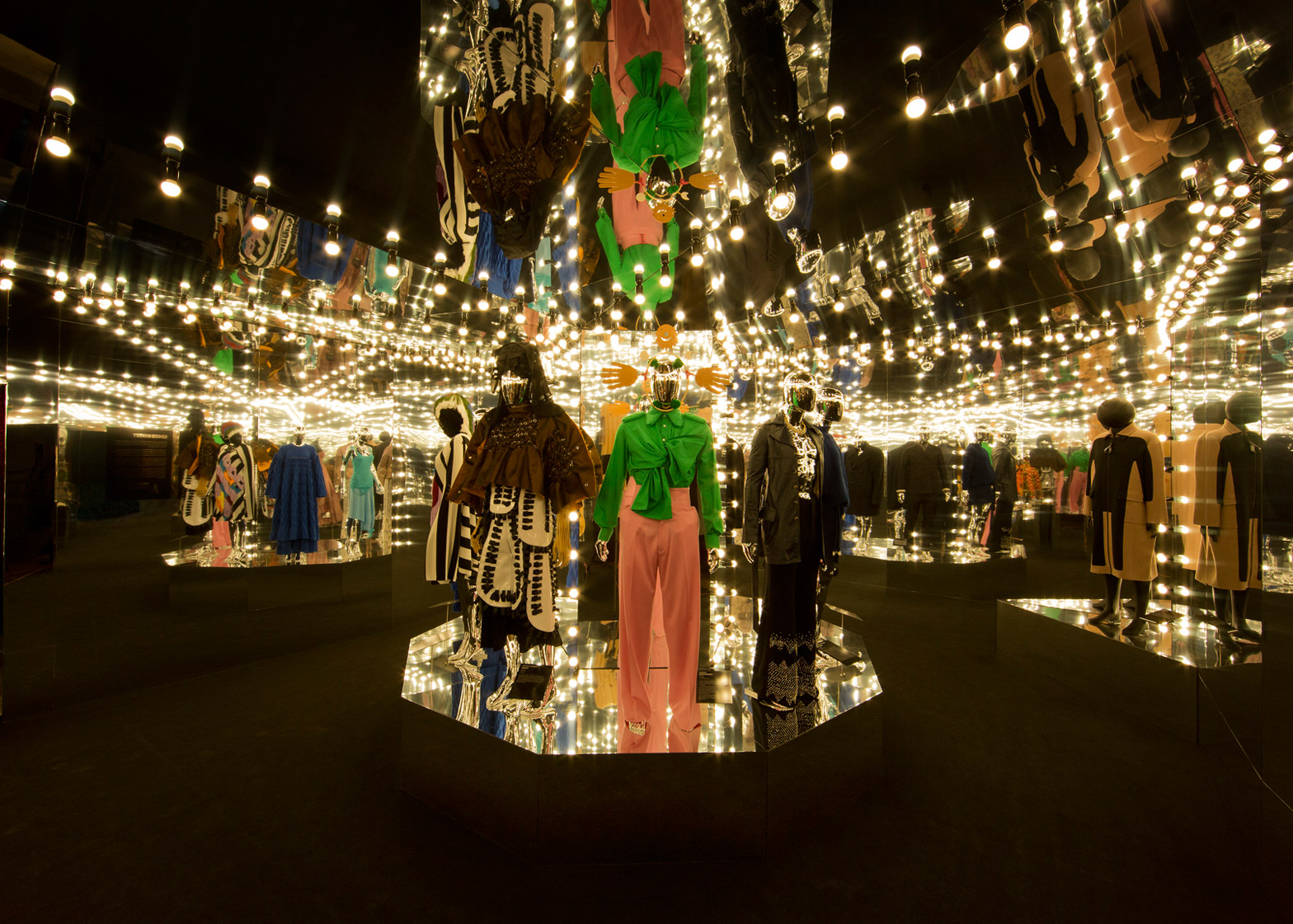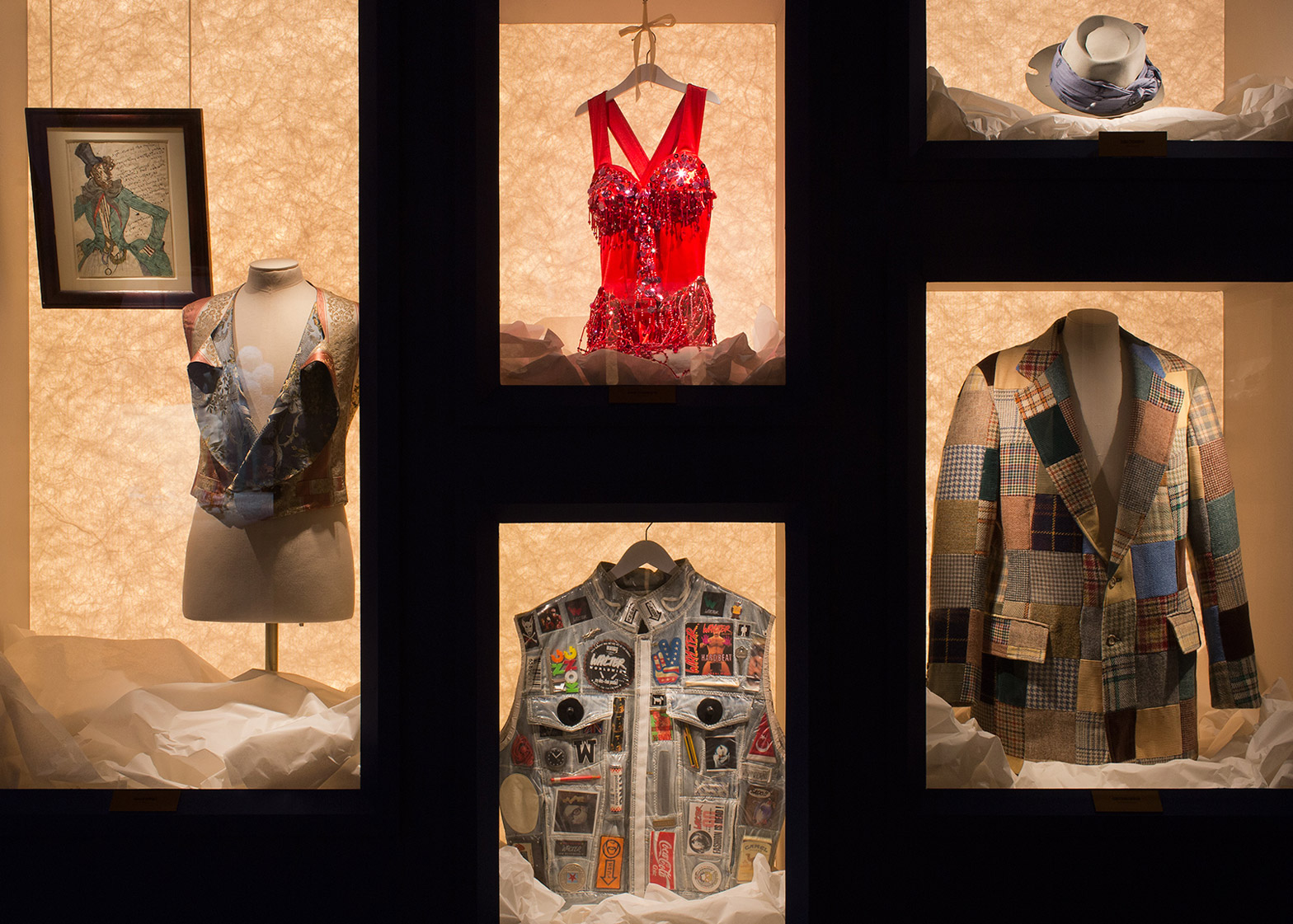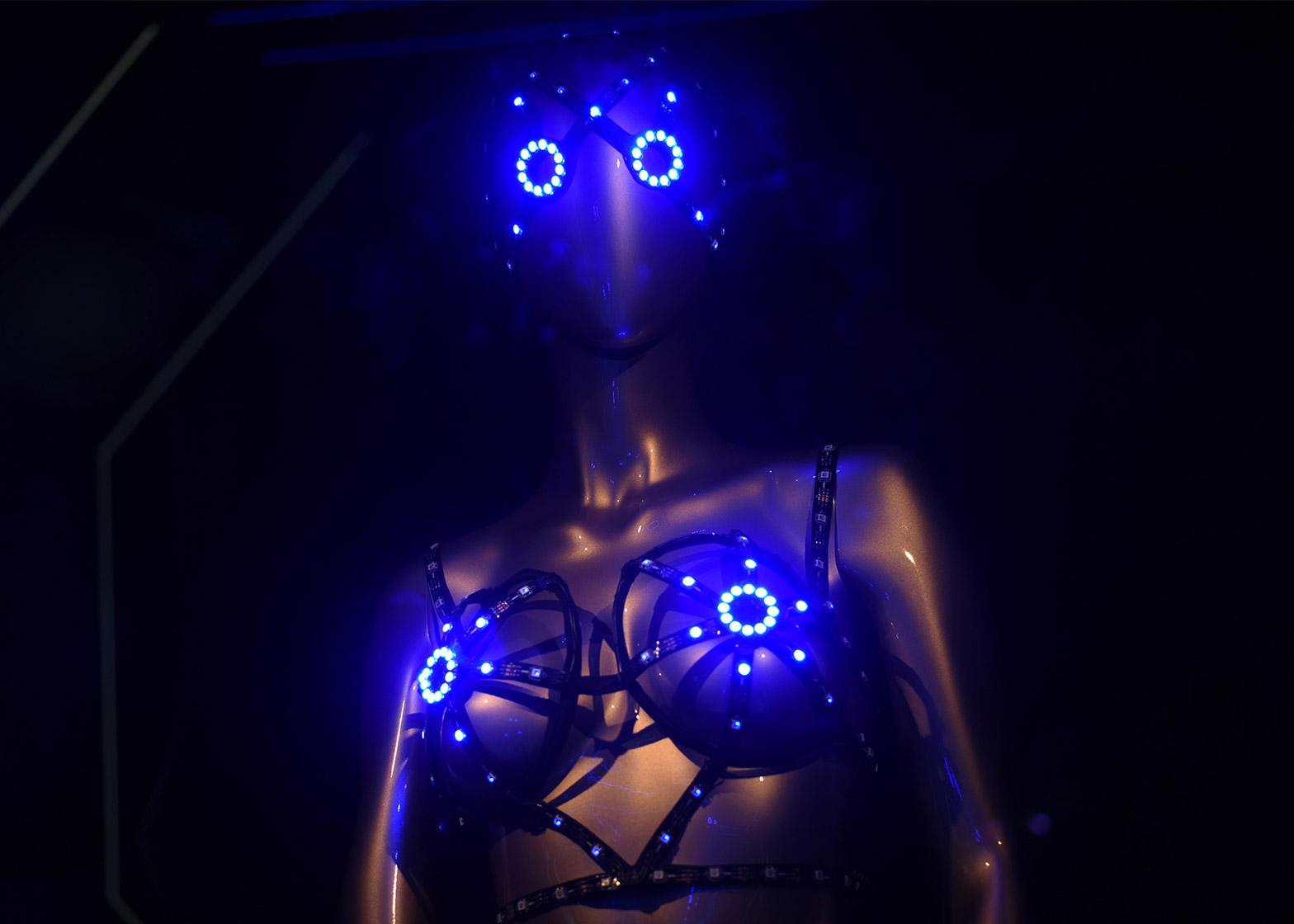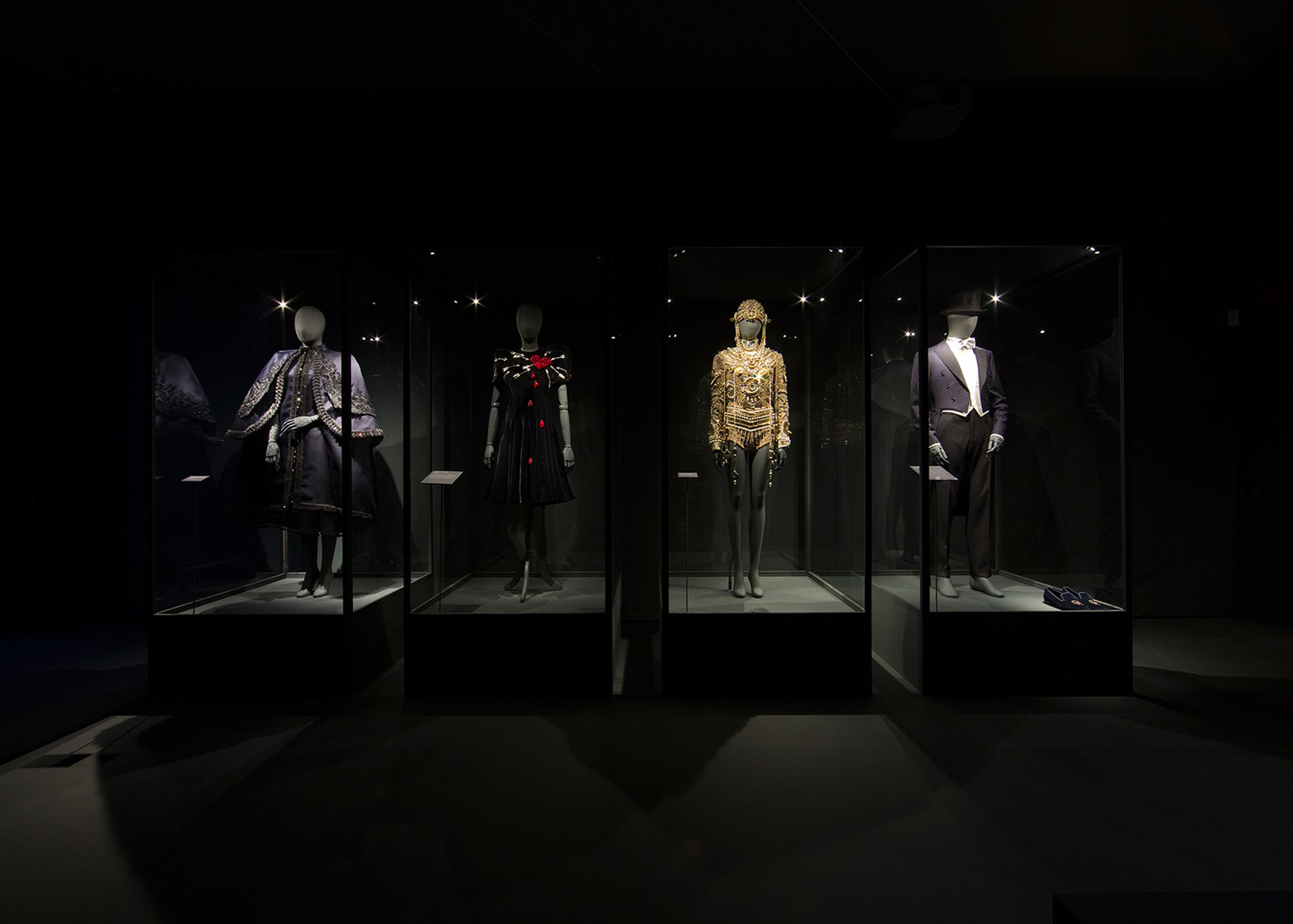Garments that present different futures for fashion by designers including Viktor&Rolf, Hussein Chalayan and Iris van Herpen are on show at Stockholm's Liljevalchs Konsthall (+ slideshow).
Utopian Bodies: Fashion Looks Forward spans 11 galleries of the museum in the Swedish capital, and is curated by Serge Martynov and Sofia Hedman of Museea.
"The central aim of the exhibition is to present the great power and possibilities of fashion, and inspire visitors to search for their vision of the future," Hedman told Dezeen.
Each gallery has a different theme, with titles such as Craft and Form, Memory, Gender, and Resistance and Society.
Over 200 objects, images and videos are included in the exhibition, which aims to provide a snapshot of current trends and technologies, as well as to predict what we might wear in the future.
"Today there are so many great innovations and thoughts that can be utilised for the future," Hedman said. "However it can sometimes be difficult to find out about them, so we tried to collect as many as possible under one roof."
Among the iconic pieces on show are Hussein Chalayan's table skirt from his 2000 Afterwords collection and his moulded plastic dress from the 2009 Intertia range.
Sculptural garments are displayed throughout, with examples like Viktor&Rolf's haute couture based on Van Gogh paintings, and Iris van Herpen's clothes that are "grown" using magnets.
Emerging designers include Craig Green, whose work was also part of the Costume Institute's China-focussed exhibition at the Met museum in New York, and Grace Wales Bonner, who designs menswear that challenges both race and gender stereotypes.
The show also presents several garments from one of the world's largest private collections of Alexander McQueen clothing, Prada's sparkling rainbow look from Spring Summer 2014 and an outfit with a strategically cut hole to reveal genitals from Rick Owen's Autumn Winter 2015 collection.
To create a distinct atmosphere in each gallery, bespoke mannequins were created by Proportion London and over 30 headpieces were made by wig makers Charlie Le Mindu and Perry Patraszewski.
"We also used film, lighting, soundscapes and textures to amplify the ideas behind some of the more complex objects, as well as to capture the music, movement and attitude that is so important in fashion," Hedman said.
One of the galleries, dedicated to fashion's ability to intensify communication and attraction, features CuteCircuit's shirts that allows wearers to record and send hugs to others, and BeAnotherLab's virtual reality project that lets users try gender swapping.
Wearable technology is also represented by Pauline van Dongen's dresses with integrated solar panels, and the BB.Suit 0.2 outfit that cleans polluted air.
The exhibition also focuses on sustainability and processes within the fashion industry, and how these can be improved.
"There are so many directions in which fashion can and should address the issue of sustainability," said Hedman. "In the exhibition, we look at the life cycle of a garment – production, distribution, use, re-use, repair, and how it can eventually decay organically into nature."
Utopian Bodies – Fashion Looks Forward runs from 25 September 2015 to 7 February 2016. Another recent fashion exhibition, at Eindhoven's Philips Stadium, presented sports-related garments by international graduate designers.

